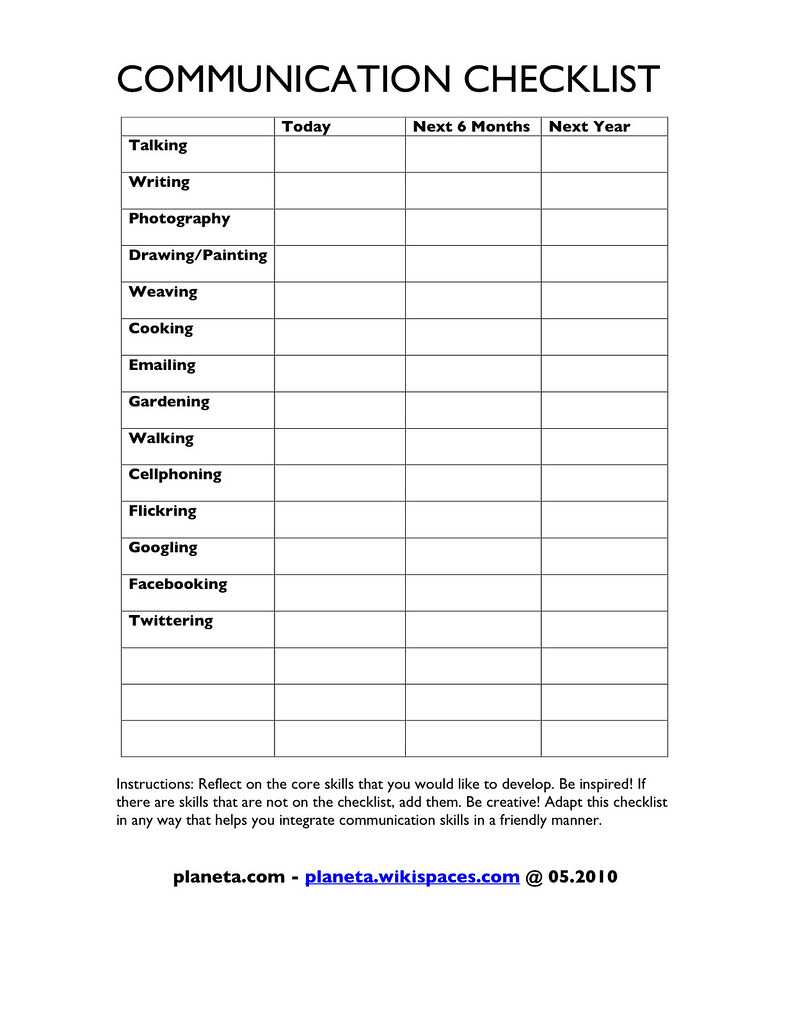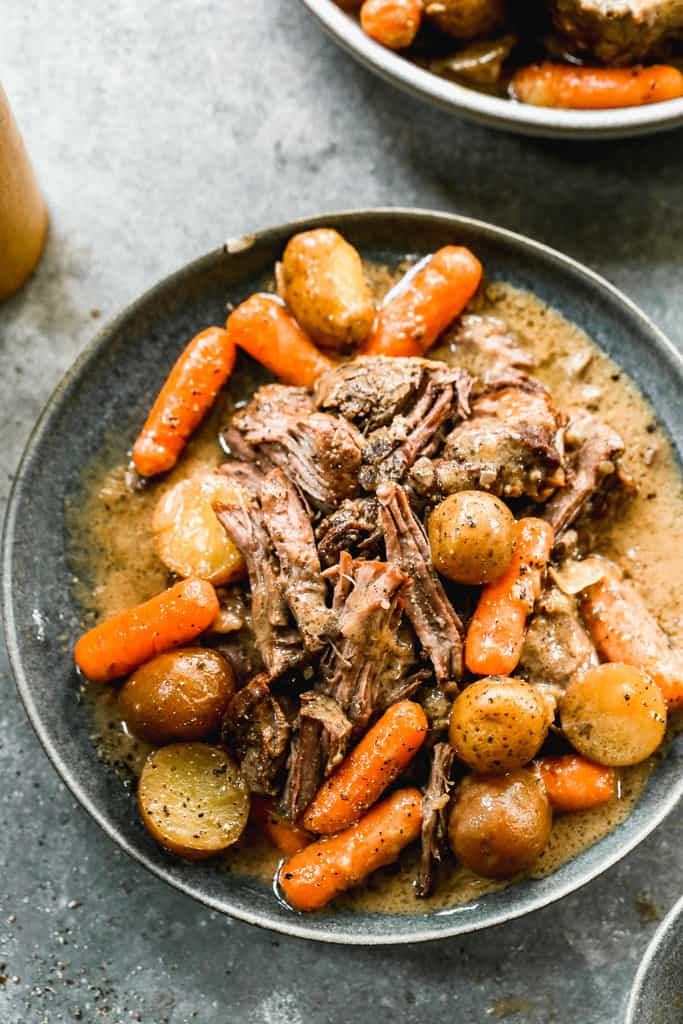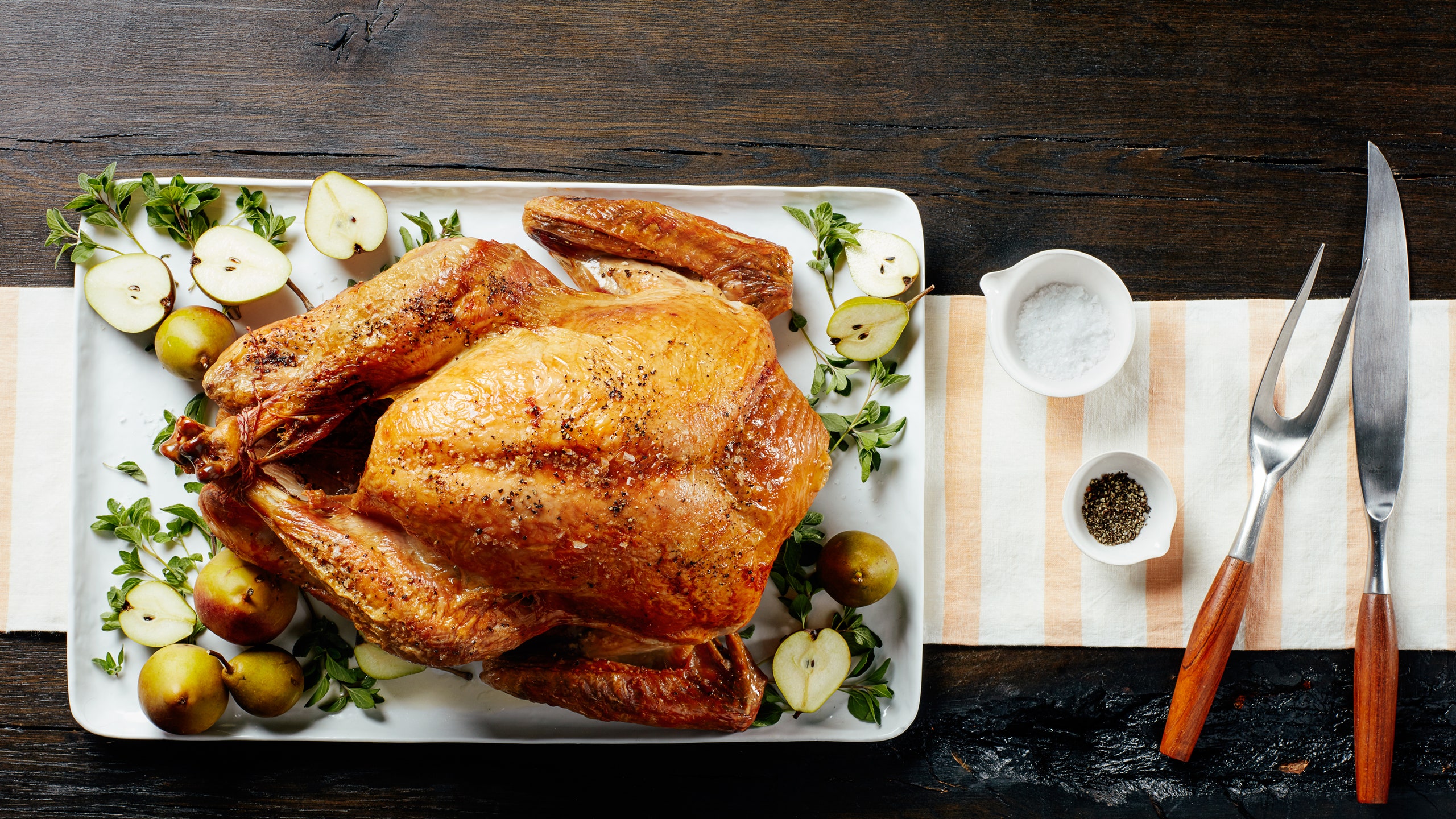
You can't go wrong with a delicious pie crust, moist cakes, and chewy cookies. Here are 11 baking tricks to help you get the perfect recipe every time. Use a measuring glass to measure liquid ingredients. Use a spoon to measure dry ingredients. Pre-heat oven. And read the recipe carefully to ensure a perfect outcome. These baking tips will help make this recipe easier. Enjoy! Share your baking triumphs with family members and friends.
Use a teaspoon to measure dry ingredients
Measurement spoons are a common tool used to measure dry ingredients in baking. These cups are made from metal or plastic, and can hold a quarter teaspoon to a full tablespoon. Graded measuring spoons are best for accurate measurements. Pour dry ingredients into the measuring spoon and fill it up to the top. Use a spatula or a spoon to level the spoon.
Use a measuring cup to measure liquid ingredients
A measuring cup is essential for baking. Measure the liquid in the cup so it is level. Make sure the cup is level with your eyes when you're looking at the measurements. The measurements will be off if the cup is viewed from the side. A separate measuring cup is needed if the liquid is too thick, too sticky, or too thin.
Pre-heat oven
The best rule of thumb when pre-heating an electric oven is to leave it at the right temperature for about 20 minutes. While larger ovens may require more time to heat up, most baking projects take place between 350 and 375degF. The longer the preheat time, the longer the cooking time. Preheating the oven can make baked goods more delicious, regardless of their size.

Take the time to read the instructions.
Always read the instructions carefully. You want to follow the steps of the recipe exactly. Make sure you don't substitute any ingredients! Even slight changes in an ingredient or technique could have dramatic results. For example, a scone recipe might call for two eggs, but you may need only one. This will lead to less desirable results. For any additional instructions, double-check the recipe. Make sure to double-check the ingredients' measurements.
Cool the dough before you begin to roll it.
Before you start baking cookies, make sure the dough is cool before you roll it out. If it's too hot, the dough will become crumbly. However, it will be easier to roll out when it's cool. It is important to cool the dough before you begin rolling it out. To roll the dough out, you should use a smooth surface.
Before you start baking, let all ingredients reach room temperature.
The first step in baking is to allow the ingredients to come at room temperature. They can become flaky if the ingredients are chilled. The dough will stick together if it is at room temperature. It is more likely that the ingredients will make a light, moist crust if they are room temperature. Here are some suggestions for mixing your ingredients.
Use a digital scale to measure ingredients
Use a digital kitchen scale for baking. Traditional measuring cups are not reliable. If you add flour or sugar too often, your cake may become dry or gummy. It is easier to measure ingredients by weight and then to use them consistently. A scale can ensure you have the right amount of each ingredient. It's much simpler to measure ingredients and easier to remember how many to add or subtract.

FAQ
Which method is best to learn how to cook?
Cooking can be something everyone should master. You'll miss out on delicious meals if your skills are not up to par. The first thing you need to do when learning to cook is to find a recipe that you like and follow it closely. The next step is to practice making small modifications to the recipe until it becomes second nature. Next, you can cook for others. This will improve your cooking skills as well as test your culinary abilities.
What skills is required to attend culinary school
To become a chef, you must be able to cook well, work under pressure, and understand food safety regulations. To learn how cook, enroll in cooking courses at your local high schools or community colleges. Once you have learned the basics of cooking, it is time to look for work at a restaurant.
How do you get hired as a Chef?
A culinary arts degree is the first step to a career as a chef. You can then join a professional group such as ACF. This organization offers certification exams and networking opportunities.
What should a beginner cook start with?
Start cooking something simple, such as pasta, rice, soup. A recipe book or a YouTube video can help you learn how to cook. Cooking with friends is much more enjoyable. Have a group of friends cook, or cook together.
How do you become a chef?
There are many paths to becoming a chef. Begin by enrolling at a community college. Then, look into attending culinary school. You can also apply for a paid internship.
How long does it take to learn to cook? What amount of time will it take to master the art?
It depends on what kind of skill level you are trying to achieve. Some people learn basic cooking techniques in just a few days. Others might take months or years before they feel confident enough to teach themselves how to cook.
There are many factors that affect the time required to learn how cook. For example, someone who has never cooked before would probably need more time than someone who cooks regularly. Certain types of cooking require more skill than others. For instance, baking requires more knowledge than frying.
Learn a technique to increase your ability to cook quickly. Once you are proficient in that technique, you can move onto the next one. You don't need to worry about how many days or weeks it took to learn how to cook. Just keep practicing and enjoy the process.
Statistics
- The median pay for a chef or head cook is $53,380 per year or $25.66/hour, according to the U.S. Bureau of Labor Statistics (BLS). (learnhowtobecome.org)
- According to the BLS, chefs earn $58,740 a year. (learnhowtobecome.org)
- In the United States, the category is estimated at $23.2 billion annually and is growing faster than the market. (washingtonpost.com)
External Links
How To
How to make a perfect Omelette
Omelets are my favorite breakfast dish. How do you make them perfect? I've tried many different methods and recipes, but none of them seem to work! So I wanted to share some tips and tricks so that you can make delicious, fluffy omelets every morn.
It is important to know that eggs can be temperamental when making omelets. You must get them fresh, organically, and keep them cold until you cook. If you don't keep them cold enough, the whites won't form properly, and the yolks will break down too much and become runny. This causes your omelets to look oddly colored. If you want to make omelets right away, it's best not to use eggs that are too cold.
Another tip is to separate the egg before adding it to the pan. Because this could cause your omelet to become curdled, you don't want any yolk to be mixed with any white.
The egg can burn if it is placed directly on the stovetop. Instead, put the egg in the microwave for 10 seconds before putting it into the pan. The microwave heat is sufficient to cook the egg without overcooking.
Next, let's discuss mixing the eggs. Mix eggs well together. You need to turn the bowl of the mixer upside down. Next, shake the bowl vigorously. This way, the air inside the bowl gets whipped around and mixes the egg thoroughly.
Now comes the fun part - pouring the milk into the mixture. Pour half the milk into the beaten egg mixture and then fold in the eggs. If you still see streaks of eggs, don't worry. These streaks will disappear once the omelet has been turned over.
After you have folded the eggs, heat the oil in a pan over medium heat. Once the oil has started to sizzle, turn the heat down to low. When the oil is hot enough, add 1/4 cup butter to the pan. Stir it around until the butter covers the entire pan. Next, carefully open the lid and sprinkle salt into your pan. A pinch of salt will help prevent the omelet from sticking to the pan.
Cover the pan once the omelet is formed and allow it to cool completely. Flip the omelet upside down or with a spatula. Cook the other side for another minute or two. Serve immediately after removing the omelet from its pan.
This recipe is best when used with whole milk. But, you can use skimmed milk as well.